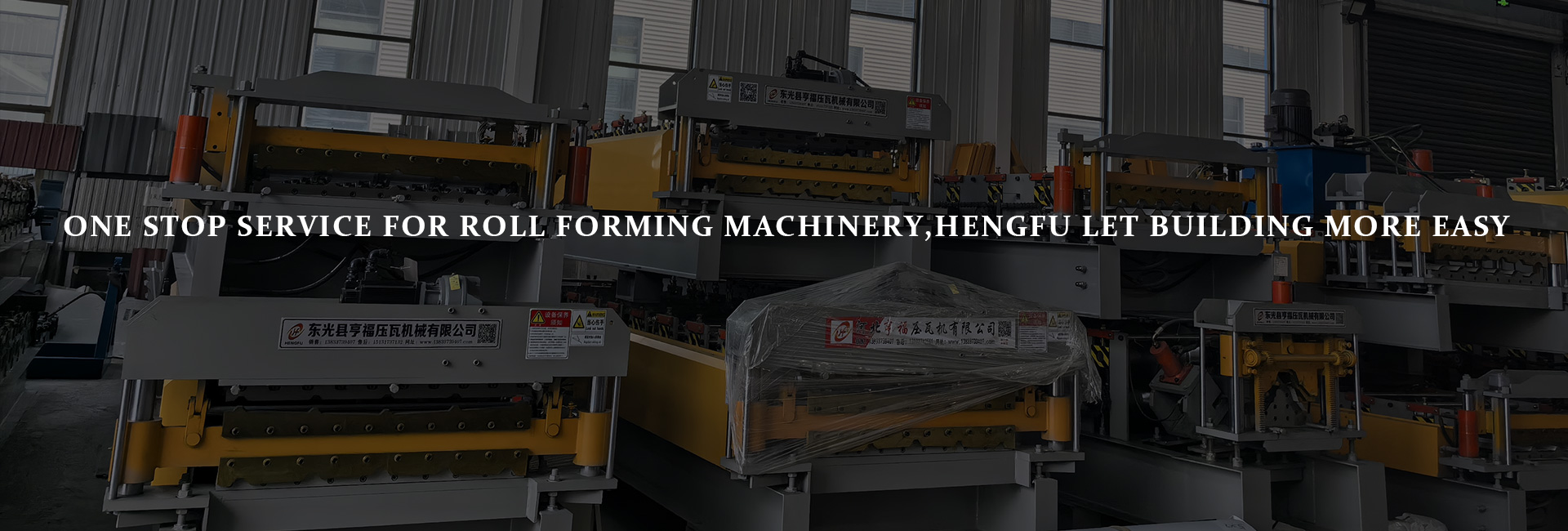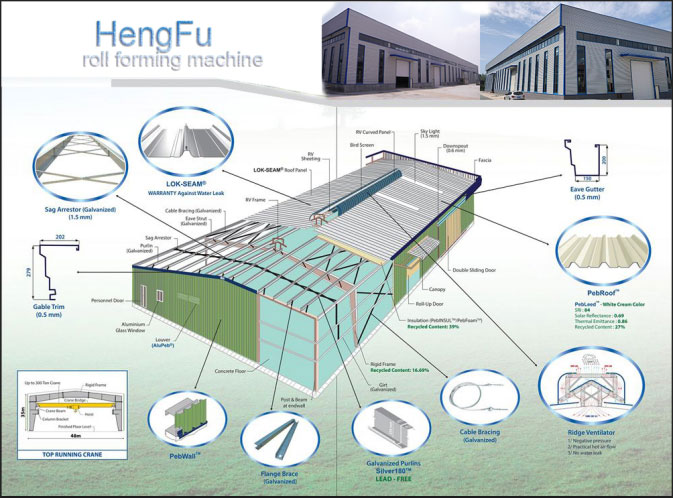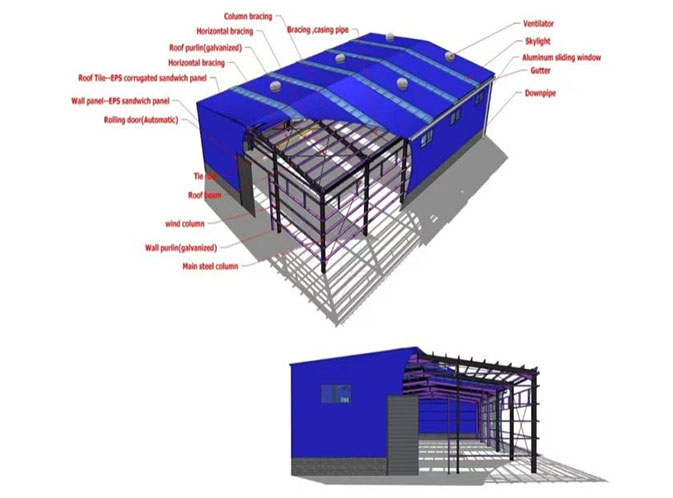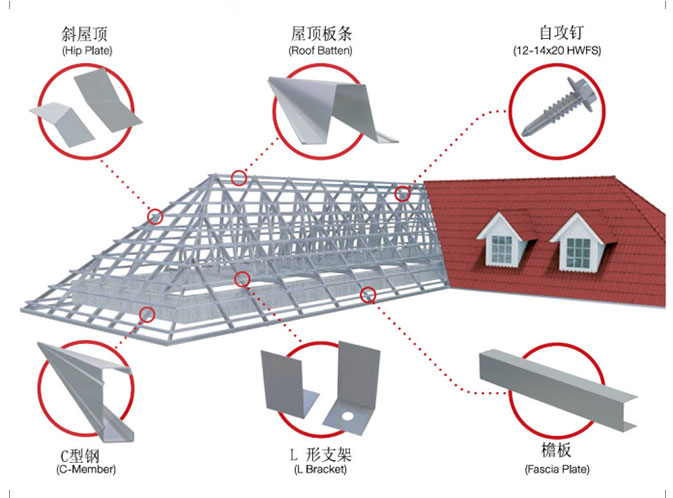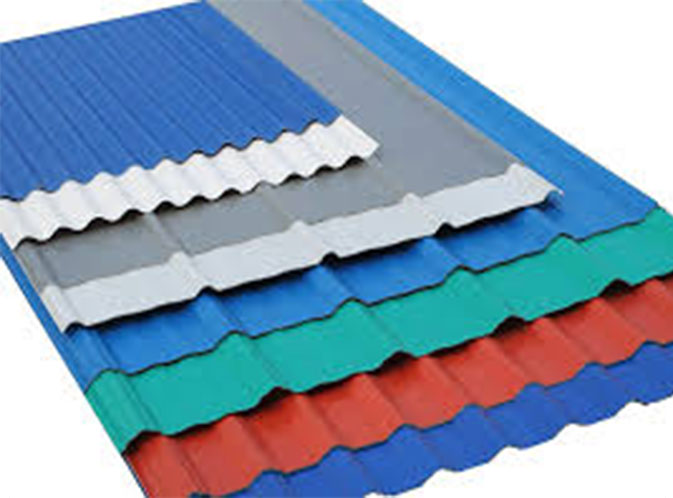Intelligent Double Layer Roll Formers: Sensor Applications for Next-Level Manufacturing
writer:优化 release time:2025-07-31 19:28:37 Views:128frequency
Why Intelligent Double Layer Roll Forming Machines Matter
In today’s competitive manufacturing landscape, the demand for highly efficient, intelligent Double Layer Roll Forming Machines is greater than ever. Traditional machines often struggle to maintain consistent quality or adapt quickly to design changes. However, by integrating advanced sensors and real-time monitoring, modern roll formers can deliver superior precision, reduce downtime, and maximize production output.
This article explores how sensor applications transform the performance of Double Layer Roll Forming Machines and why investing in these technologies gives manufacturers an edge over competitors using conventional systems.


1. Sensor Integration in Double Layer Roll Forming Machines
Modern Double Layer Roll Forming Machines rely on a network of sensors to monitor and control every step of the forming process. Key sensor types include:
·Position Sensors: Ensure accurate alignment of metal sheets for both top and bottom layers, reducing misfeeds.
·Load Sensors: Monitor pressure levels applied by rollers to maintain consistent forming quality.
·Temperature Sensors: Track machine and material temperatures to prevent overheating and material distortion.
·Optical Sensors: Detect surface defects or material inconsistencies in real time.
By integrating these sensors, manufacturers can avoid manual adjustments and achieve automated, precision-controlled forming cycles.
2. Real-Time Quality Control with Sensor Technology
Quality assurance is a critical differentiator in the roll forming industry. Intelligent Double Layer Roll Formers use sensors to perform continuous quality checks, ensuring that even minor deviations are corrected immediately.
·Closed-loop feedback systems adjust roller positions dynamically when thickness variations are detected.
·Vision-based optical sensors capture high-resolution images to identify scratches, bends, or warping.
·Data logging from sensors enables predictive maintenance, minimizing unplanned downtime.
This level of real-time control allows manufacturers to consistently meet stringent tolerances, enhancing the reputation of their products over less advanced competitors.
3. Boosting Efficiency and Reducing Downtime
One of the most significant advantages of sensor-enabled Double Layer Roll Forming Machines is improved operational efficiency. Traditional machines often require manual adjustments, leading to longer setup times and higher labor costs.
With sensor integration:
·Machines auto-calibrate for new profiles, reducing setup time by up to 50%.
·Sensors detect material feeding errors before they escalate, preventing machine damage.
·Predictive analytics derived from sensor data allow maintenance teams to replace components proactively, avoiding costly breakdowns.
In short, sensors transform roll formers into highly reliable, low-maintenance assets.
4. Competitive Edge in the Market
By adopting intelligent Double Layer Roll Forming Machines with advanced sensor applications, manufacturers can outpace competitors in several ways:
·Faster Turnaround Times: Automated monitoring and adjustments accelerate production.
·Higher Product Quality: Continuous sensor-based inspections reduce defects.
·Lower Operating Costs: Predictive maintenance and reduced waste improve margins.
In industries like construction, automotive, and energy, where precision and reliability are paramount, having this level of automation is a strategic advantage.
5. Future Trends: AI-Powered Roll Forming
The next evolution in Double Layer Roll Forming Machines will see sensors integrated with artificial intelligence (AI). AI algorithms will analyze sensor data in real time, making autonomous decisions that further enhance production quality and efficiency.
For example:
·AI could predict material behavior under different forming pressures and adjust settings proactively.
·Machine learning could identify recurring defect patterns and recommend tooling adjustments before issues occur.
Early adopters of these intelligent systems will lead the market by delivering unmatched reliability and product performance.


Conclusion: Why Upgrade Now
Intelligent Double Layer Roll Forming Machines with advanced sensor applications are no longer optional—they are essential for staying competitive. By offering real-time quality control, predictive maintenance, and unmatched production efficiency, these machines help manufacturers reduce costs, increase output, and secure a clear advantage over competitors using outdated equipment.
If you want to future-proof your production line, now is the time to invest in intelligent Double Layer Roll Forming Machines. Upgrading today means you’ll be ready for the AI-driven innovations that are already reshaping the industry.
References
GB/T 7714:Han F, Chen X. The state-of-the-art research on the smart roll forming process[J]. Smart Manufacturing, 2024, 3(01n02): 2430001.
MLA:Han, Fei, and Xi Chen. "The state-of-the-art research on the smart roll forming process." Smart Manufacturing 3.01n02 (2024): 2430001.
APA:Han, F., & Chen, X. (2024). The state-of-the-art research on the smart roll forming process. Smart Manufacturing, 3(01n02), 2430001.


